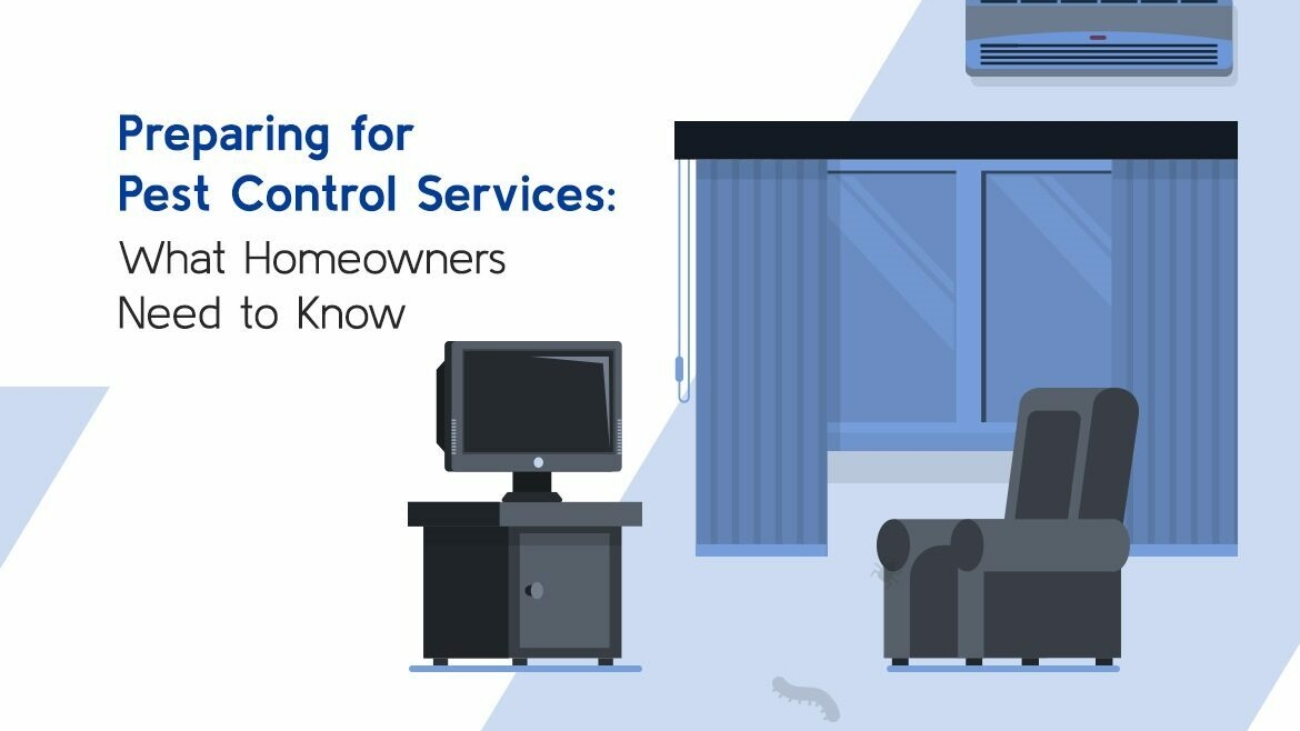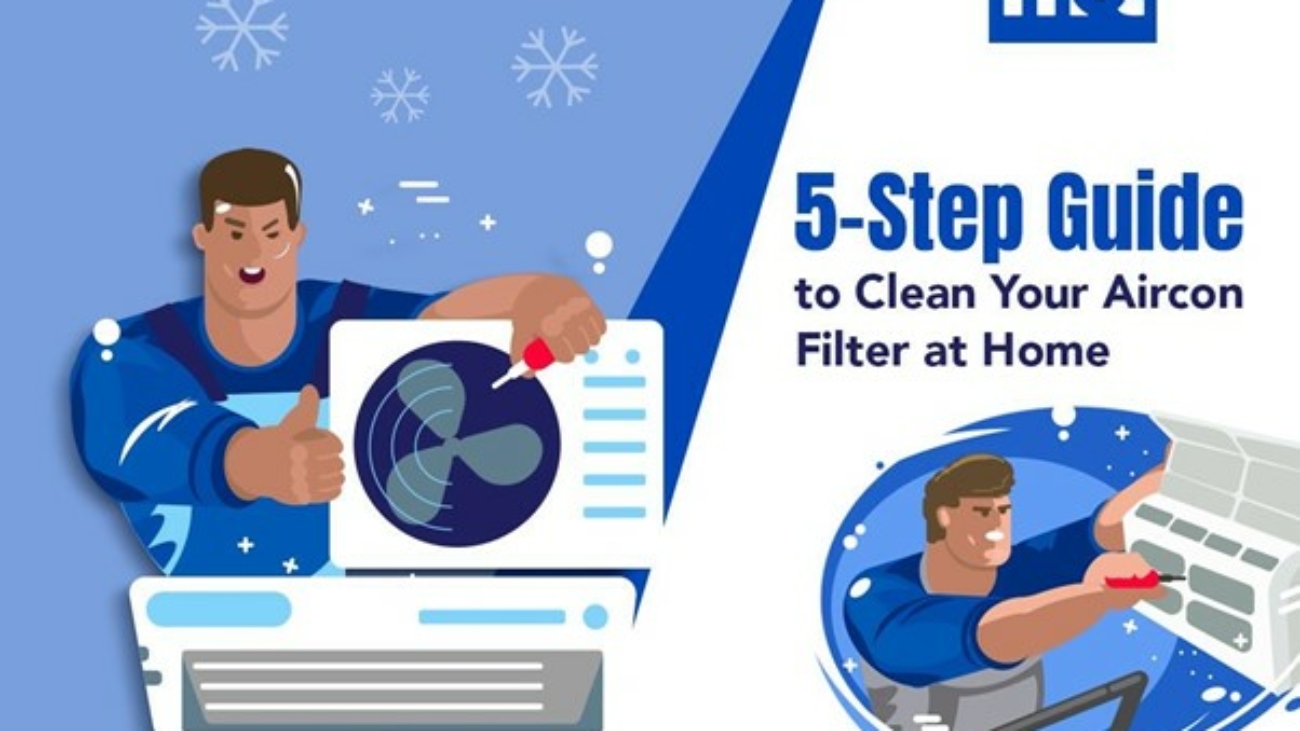Building a new home is an exciting journey, but it comes with its own set of challenges, one of the most significant being the prevention of pest infestations. Preventing pests in new constructions is crucial for maintaining the integrity and value of a p ...
Top 5 Tips to Save Money on Your Next Aircon Bill
Are you tired of sacrificing your favorite leisure activities to keep up with soaring aircon bills? Many people find themselves in this predicament, forced to cut back on dining out, entertainment, and even family outings to afford the escalating costs of ...
5-Step Guide to Clean Your Aircon Filter at Home
After a long, exhausting day at work, you finally return home, desperate for some relief from the scorching heat of Singapore. You switch on the aircon, anticipating the cool, refreshing air to envelop you as you sink into the sofa. But instead of the exp ...



